Ribes bracteosum, the stink currant, is a species of currant native to western coastal North America from southeastern Alaska to Mendocino County in California. Ribes bracteosum is a deciduous shrub, without thorns, growing to 3 m (10 feet) tall. The leaves are 5-20 cm (2-8 inches) across, palmately lobed with 5 or 7 lobes. The flowers are produced in spring after the leaves emerge, on racemes 15-30 cm (6-12 inches) long containing 20-40 flowers; each flower is 5-10 mm (2-4 inches) in diameter, with five white or greenish-tinged petals. The fruit, born in clusters, is dark blue with a whitish bloom, edible but sometimes unpleasant. Description from Calscape
Home > Plant Guide >
Scientific Name
Family
Garden Type
Wildlife
Native Plant Region
Light needs
Water Needs
Plant Type
Bloom Color(s)
Height
Width
Months in Bloom
Safe Beneath Power Lines?
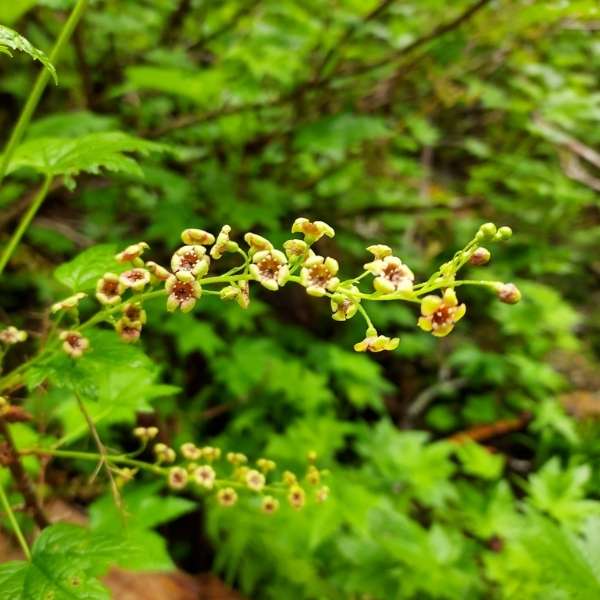
We’d like to maintain accurate and robust plant listings. If you see information that is not correct or that could be added to improve the listing, please let us know. Or if you’d like to suggest a plant to add to our plant guide, you can use this form do so. Thank you!
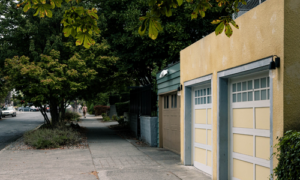
Take a virtual tour of Capitol hill with naturalist and author David B. Williams and gain a new appreciation of the nature of the city and its wild side.
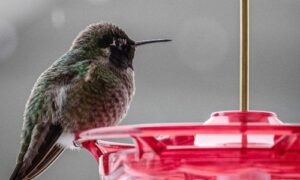
The urban environment presents dangers to wildlife that they are not always adapted to overcome. Reducing urban hazards is an essential part of enhancing habitat in cities. After all, we do not want to lure wildlife into our neighborhoods only to have them fatally collide with our windows.
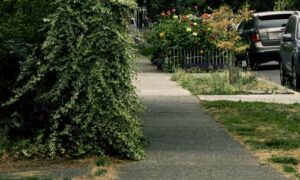
Start a garden in a planting strip along the street. Explore our interactive corridor map, find what to grow, and start nurturing today.

Learn about diversifying the way architecture is taught and practiced from designers of color.
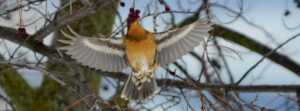
Take a virtual trip across Capitol Hill to learn about urban habitat types, how to identify the unique birds they support, and what we can do to make the neighborhood a safer place for them to live.
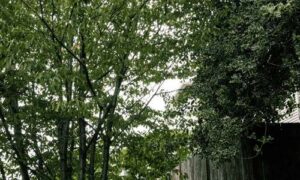
The plants, animals, fungi, microbes, and other natural features that make up “urban habitat” are important to the character, function, and livability of cities.
Nature of Your Neighborhood is a collaboration between Birds Connect Seattle, the Capitol Hill EcoDistrict, and the Seattle Bird Conservation Partnership. Our goal is to foster relationships between the people and the nature of their neighborhoods.